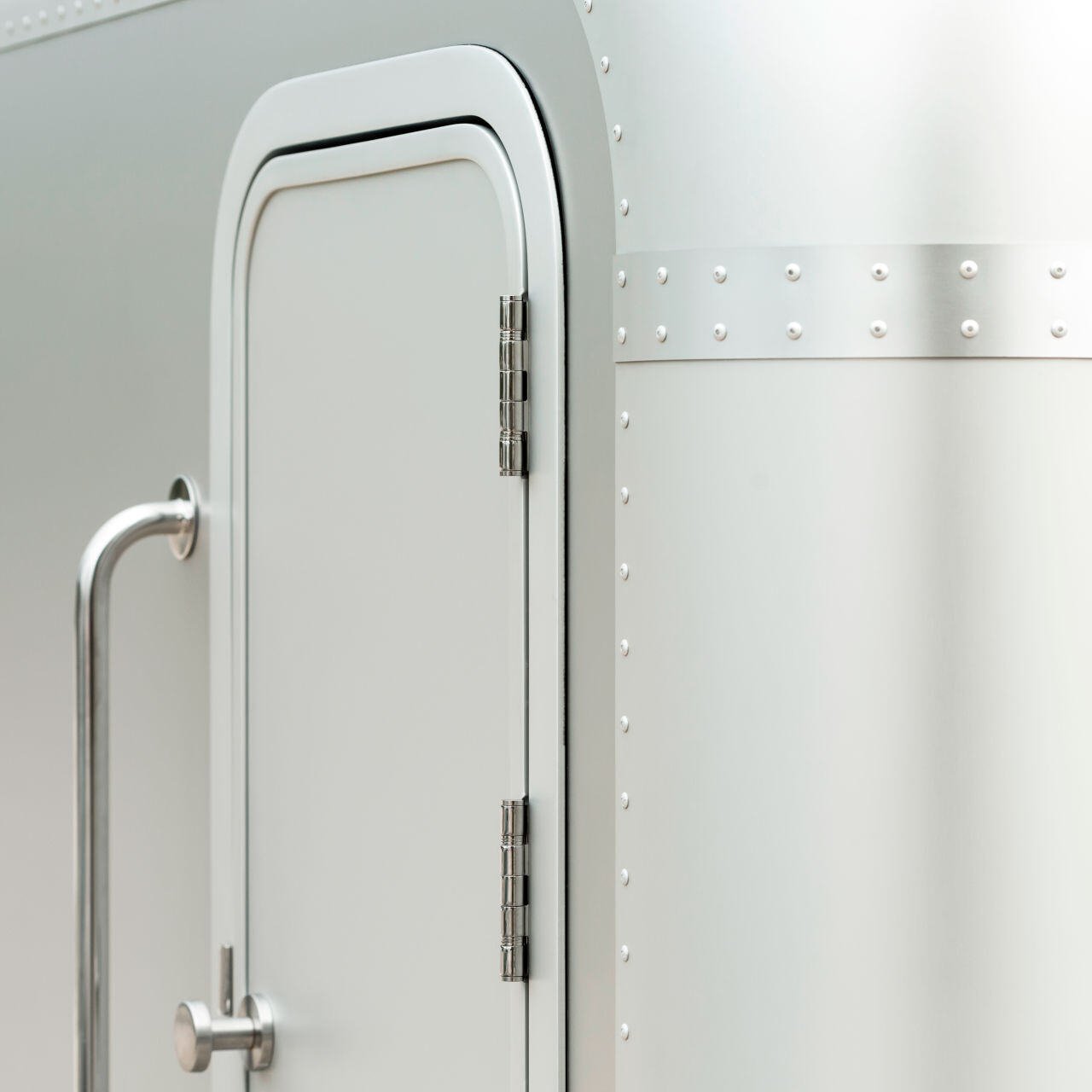The road glistens in the morning sun, your caravan gently sways behind you, and the freedom feels endless. But just as you hit the accelerator, that question flashes through your mind: "How fast can I actually drive with this caravan?" At Lume Traveler, we understand that doubt all too well. The speed of a car with a caravan is not a single figure in Europe. Each country applies its own limits. In this article, we list caravan speed Europe by country so you can hit the road safely and without fines. We discuss the rules in the Netherlands and popular holiday countries, focusing on speed limits in built-up areas, outside built-up areas and on motorways.
How fast can you drive with a caravan in the Netherlands?
In the Netherlands, there are clear rules for caravan Netherlands speed. Inside built-up areas, you are allowed to drive a maximum of 50 km/h with a caravan, the same as for other vehicles. Outside built-up areas, the general limit is 80 km/h, unless signs indicate a lower speed. On a motorway (N-road) without a paved shoulder, 80 km/h is the norm. On motorways, a maximum speed limit caravan Netherlands of 90 km/h applies. This applies to combinations (car + caravan) up to and including 3,500 kg. If the total mass of car and caravan exceeds 3,500 kg, you may drive a maximum of 80 km/h, including on the motorway. This exception is important for larger caravans and heavier combinations. The Netherlands thus has a strict limit of 90 km/h on motorways with a caravan. A speed that contributes to relaxed and safe driving.
In summary: In the Netherlands, you are allowed to drive a maximum of 50 km/h with a caravan within built-up areas and 80 km/h outside built-up areas. On the motorway, a maximum of 90 km/h applies, provided the total combination does not exceed 3,500 kg. For heavier combinations, 80 km/h is the limit.
How fast can you drive with a caravan in Germany?
The rules in Germany are also specific. The speed caravan Germany is basically limited to 80 km/h on all types of roads outside built-up areas. That means: outside built-up areas and on the Autobahn (motorway) a maximum of 80 km/h for cars with a caravan. Inside built-up areas, 50 km/h is also the maximum here.
Tempo 100 inspection
Still want to go faster on the German Autobahn? Then you can have a Tempo 100 inspection done for an exemption. Such a Tempo 100 exemption (permit) allows you to drive 100 km/h on the Autobahn with the caravan. You don't get this automatically. In fact, you have to meet strict requirements. For example, the car must have ABS and it must not exceed 3,500 kg. The caravan itself must be in technically good condition: think of an indented chassis number, an overrun brake with shock absorbers and tyres no older than six years (and with the correct load index and speed rating up to 120 km/h). If your combination meets these requirements, you can have the inspection done via TÜV or DEKRA in Germany. After approval, you will receive the Tempo 100 sticker, which you stick to the back of the caravan as proof. This sticker allows you to drive 100 km/h with your caravan in Germany. Note that this only applies on motorways; on secondary roads, 80 km/h remains the maximum. In addition, realise that on many Autobahns, other road users (without a caravan) often drive (recommended) 130 km/h or faster. Traffic can therefore go relatively fast. Therefore, keep to the right and calmly stick to your limit. With the Tempo 100 scheme, you can drive a little more smoothly through Germany, but safety remains paramount. Stability of the caravan at higher speeds is essential.
In summary: In Germany, the speed limit with caravan is 50 km/h inside built-up areas and 80 km/h outside and on the motorway. With a Tempo 100 inspection and sticker, you can drive up to 100 km/h on the Autobahn, provided your combination meets technical conditions.
How fast can you drive with a caravan in Belgium?
In Belgium, the speed limit for a car with a caravan depends on weight and region. Inside built-up areas, as elsewhere, the limit is 50 km/h (and even 30 km/h in designated residential areas or zones). Outside built-up areas, different limits apply: in Flanders and Brussels, you are allowed a maximum of 70 km/h with a caravan on ordinary roads outside built-up areas. In Wallonia, the limit is higher, at 90 km/h, unless signs indicate otherwise. These regional differences were introduced in 2017 to improve road safety. On motorways in Belgium, you are allowed to drive 120 km/h with the caravan if the total mass of car plus caravan is ≤ 3,500 kg. This means that the same motorway speed applies to light combinations as to passenger cars. However, if you have a heavier combination (> 3,500 kg), the maximum motorway speed is limited to 90 km/h. In practice, most ordinary car-caravan combinations fall below 3,500 kg and would therefore be allowed 120 km/h, but remember that this is an upper limit. It is often wiser to stay lower, say around 100 km/h, to avoid swerving.
In summary: Inside built-up areas, the speed limit is 50 km/h. Outside built-up areas, you are allowed to drive 70 km/h in Flanders and 90 km/h in Wallonia. On the motorway, you are allowed to drive 120 km/h with a light combination (≤ 3,500 kg), with a heavier combination a maximum of 90 km/h.
How fast can you drive with a caravan in Luxembourg?
Luxembourg is small, but still has its own rules for caravan speeds. Within the built-up area, 50 km/h is the standard maximum, as in the Netherlands. Outside built-up areas, the maximum speed caravan Luxembourg is striking: 75 km/h. This differs from many neighbouring countries where 80 or 90 is common. So on provincial roads in Luxembourg, you are not allowed to go faster than 75 km/h with a caravan. On motorways, the limit is 90 km/h for all cars with a caravan. Even if your car without a caravan would be allowed 130, this is reduced to 90 with a caravan. There is no distinction by caravan combination weight in Luxembourg; whether your combination is under or over 3,500 kg, that 90 km/h remains the ceiling. Do note that Luxembourg has a strict policy on keeping distance: if your vehicle combination is longer than 7 metres, you must keep a minimum distance of 50 metres from your vehicle in front.
In summary: Luxembourg applies 50 km/h in urban areas, 75 km/h outside urban areas and 90 km/h on motorways. No distinction is made based on weight. Keeping a distance of 50 metres is mandatory for longer combinations.
How fast can you drive with a caravan in France?
France has relatively high speed limits for light combinations, but even here there are important conditions. Inside built-up areas, 50 km/h is the norm for everyone, including those with caravans. Outside built-up areas, France has had a reduced general limit of 80 km/h on most roads without separate lanes since 2018. This also applies to cars with caravans. On motorways and motorways, France differentiates according to the weight of the combination (in France, they look at the maximum authorised mass of car + caravan, as stated on the registration certificate). If the total MTM (mass permitted combination) is ≤ 3,500 kg, you are allowed the same speeds as a normal car: on motorways 130 km/h and on a 2x2-lane motorway 110 km/h. Note that in case of rain or wet roads, France lowers these maxima for everyone. For example, 130 km/h is reduced to 110 km/h on motorways when it rains. If you drive a heavy combination (MTM > 3,500 kg), you get stricter limits: both on motorways and highways, you are then allowed a maximum of 90 km/h with the caravan. In practical terms, this means that large caravan combinations are not allowed to go faster than 90 in France, even on the Autoroute. For light combinations, on the other hand, France is lenient: 130 km/h is allowed, which is exceptionally high compared to other countries. However, consider whether it is wise to drive so fast with a caravan. In terms of safety and fuel consumption, driving more slowly is often better.
In summary: Within built-up areas, 50 km/h is allowed. Outside built-up areas, 80 km/h applies. On motorways and highways, you are allowed to drive up to 130 km/h with a light combination. In rain, 110 km/h applies. For combinations over 3,500 kg, 90 km/h is the maximum.
How fast can you drive with a caravan in Austria?
Austria has a somewhat more complex system for caravans, which depends on the weight of the caravan as well as its relation to the towing vehicle. Inside built-up areas, the rule is simple: 50 km/h as the general limit, as elsewhere. Outside built-up areas and on motorways (higher-status provincial roads), different maxima apply depending on your caravan. As a rule of thumb you can remember: for light caravans you can go a bit faster than for heavy caravans. Specifically, if your caravan has a maximum mass under 750 kg, it is considered very light and you are allowed the same speed as a car. However, most touring caravans are above 750 kg. For heavier caravans, Austria makes a distinction: if the caravan is lighter than the towing car and the total combination remains ≤ 3,500 kg, then you are allowed a maximum speed of 100 km/h on motorways and 80 km/h on other roads outside town. This would apply to many standard combinations with a medium caravan and a heavier car. If the caravan is heavier than the car or the total mass is over 3,500 kg, then you have to drive more slowly: a maximum of 70 km/h on the motorway and 60 km/h on off-road roads. The latter category concerns heavy combinations where the caravan has a large double axle, for example, or the car is relatively small. There is also a special rule in Austria that if you drive with a caravan > 750 kg, you must keep at least 50 metres distance from the car in front.
In summary: In Austria, 50 km/h applies in built-up areas. Outside built-up areas and on the motorway, speeds depend on weight. For light combinations, 80 km/h is allowed outside and 100 km/h on the motorway. For heavy combinations or if the caravan is heavier than the car, lower limits apply: 60 km/h outside and 70 km/h on the motorway.
How fast can you drive a caravan in Switzerland?
Switzerland was long known for a strict 80 km/h limit for caravans, but since 1 January 2021 they have relaxed the rules. Inside built-up areas, the maximum is 50 km/h, as usual. Outside built-up areas, 80 km/h is the general limit for all vehicles, including those with caravans. The interesting thing is in the highways: on motorways and motorways, you can now drive 100 km/h with a caravan provided your combination meets certain requirements and the total authorised mass of car + caravan is ≤ 3,500 kg. With this, the Swiss have introduced their own Tempo 100 rule. In practical terms, this means that if you have a medium-weight caravan and a sturdy tow vehicle (together under 3500 kg), you are allowed 100 km/h on Swiss motorways. Provided that car, caravan and tyres are actually suitable for that speed. If your combination is heavier than 3,500 kg, the old limit still applies: 80 km/h on the motorway. Regardless of weight, you are allowed 120 km/h in Switzerland without a caravan, but a maximum of 100 with a caravan.
In summary: Switzerland applies 50 km/h inside built-up areas and 80 km/h outside them. On the motorway, you are allowed to drive 100 km/h with a caravan if the combination does not exceed 3,500 kg and is technically suitable. Otherwise, a maximum of 80 km/h applies.
How fast can you drive with a caravan in Italy?
Italy has simple-to-remember rules for cars with caravans, which are stricter than in France, for example. Inside built-up areas, the standard 50 km/h applies here too unless otherwise specified. Outside built-up areas, you are allowed to drive a maximum of 70 km/h with a caravan. This applies to all regular country roads (where a car would normally be allowed 90 km/h, you have to drive considerably slower with a caravan). On motorways (Autostrada), the limit for a car with a caravan is 80 km/h, regardless of the weight of the caravan. In Italy, they make no distinction between light or heavy caravan combinations; the limits mentioned are absolute for all cases. Even if your car + caravan together stay under 3,500 kg, that 80 km/h on the motorway does not change. Campers >3.5 tonnes are allowed 100 km/h in Italy, but they are stricter for caravans. It is good to know that Italians often drive 130 km/h on the motorway itself (the general limit for cars), so be prepared that you will be considerably slower than other traffic. The difference in speed is big, so keep to the right and stay alert. Even downhill on winding stretches, it is sometimes wise to drive even slower than the speed limit, especially with a caravan.
In summary: In Italy, the speed limit with caravan is 50 km/h inside built-up areas, 70 km/h outside built-up areas and 80 km/h on the motorway. There is no distinction based on weight; the speeds apply to all combinations.
Safe on the road
As you can see, the permitted speed with a caravan varies enormously from country to country. So it is important to read up well before travelling through several countries. Check local traffic rules each time (signs may also indicate additional restrictions) and adjust your driving to the circumstances. Driving faster with a caravan is not only prohibited above the limit, it can also be dangerous due to longer braking distances and possible swerving. Make sure your caravan is technically sound and correctly loaded. Stable roadholding is crucial when driving on the motorway at 90 km/h. With the knowledge of the rules in the Netherlands, Germany, Belgium, Luxembourg, France, Austria, Switzerland and Italy, you can now travel carefree. Stick to the speed, and your holiday will start relaxed as soon as you drive out the door. Have a good trip!
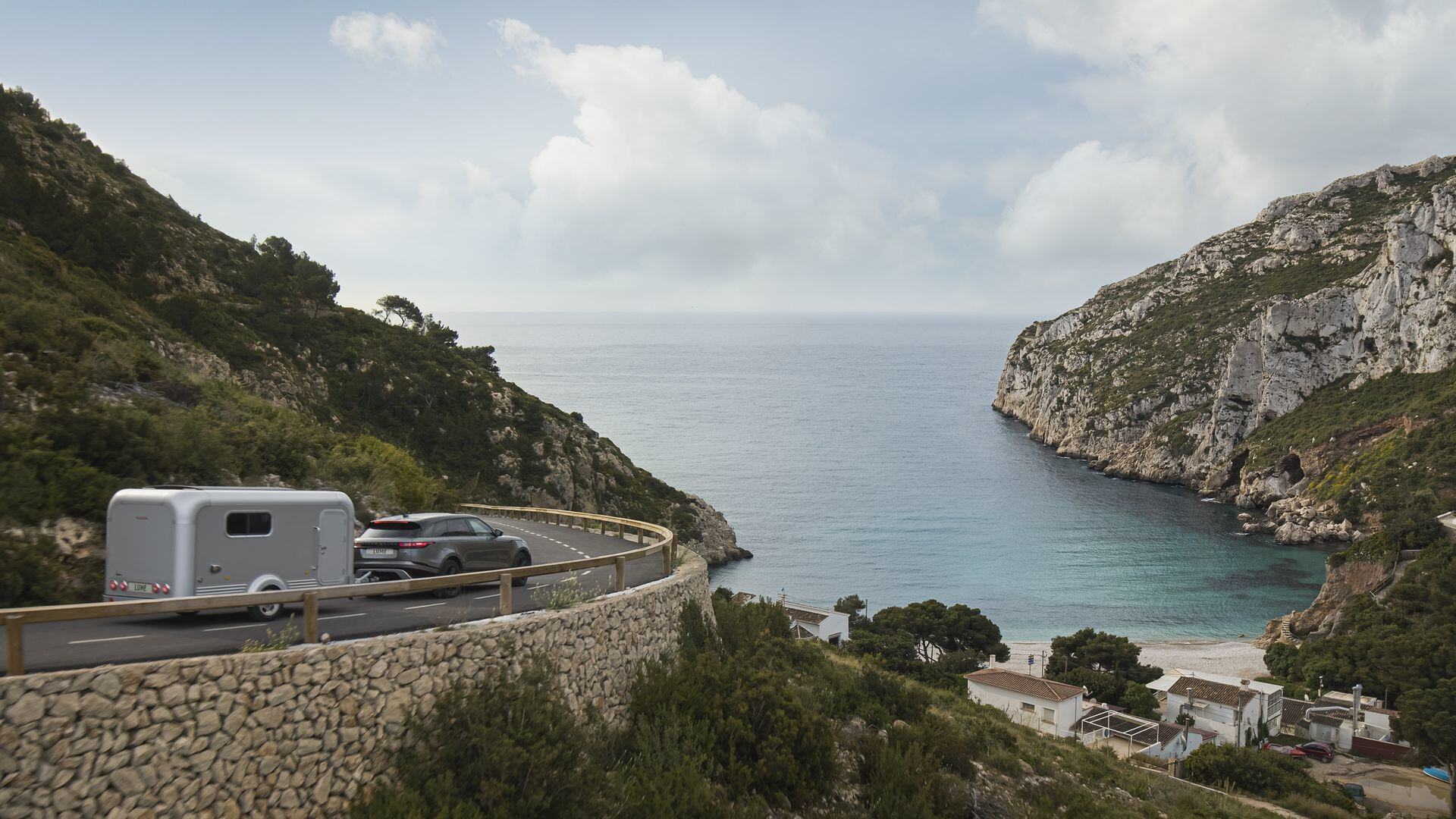

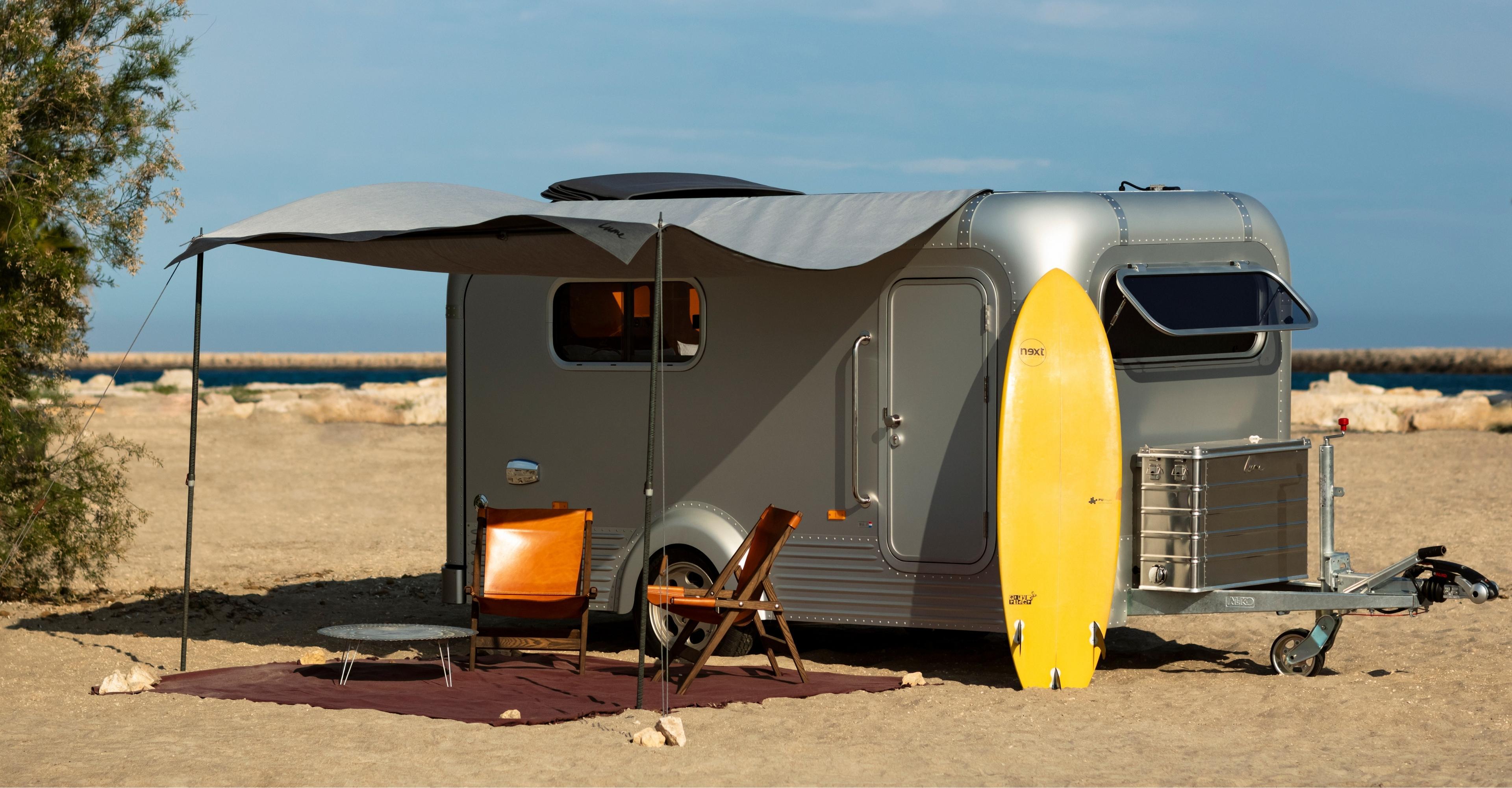
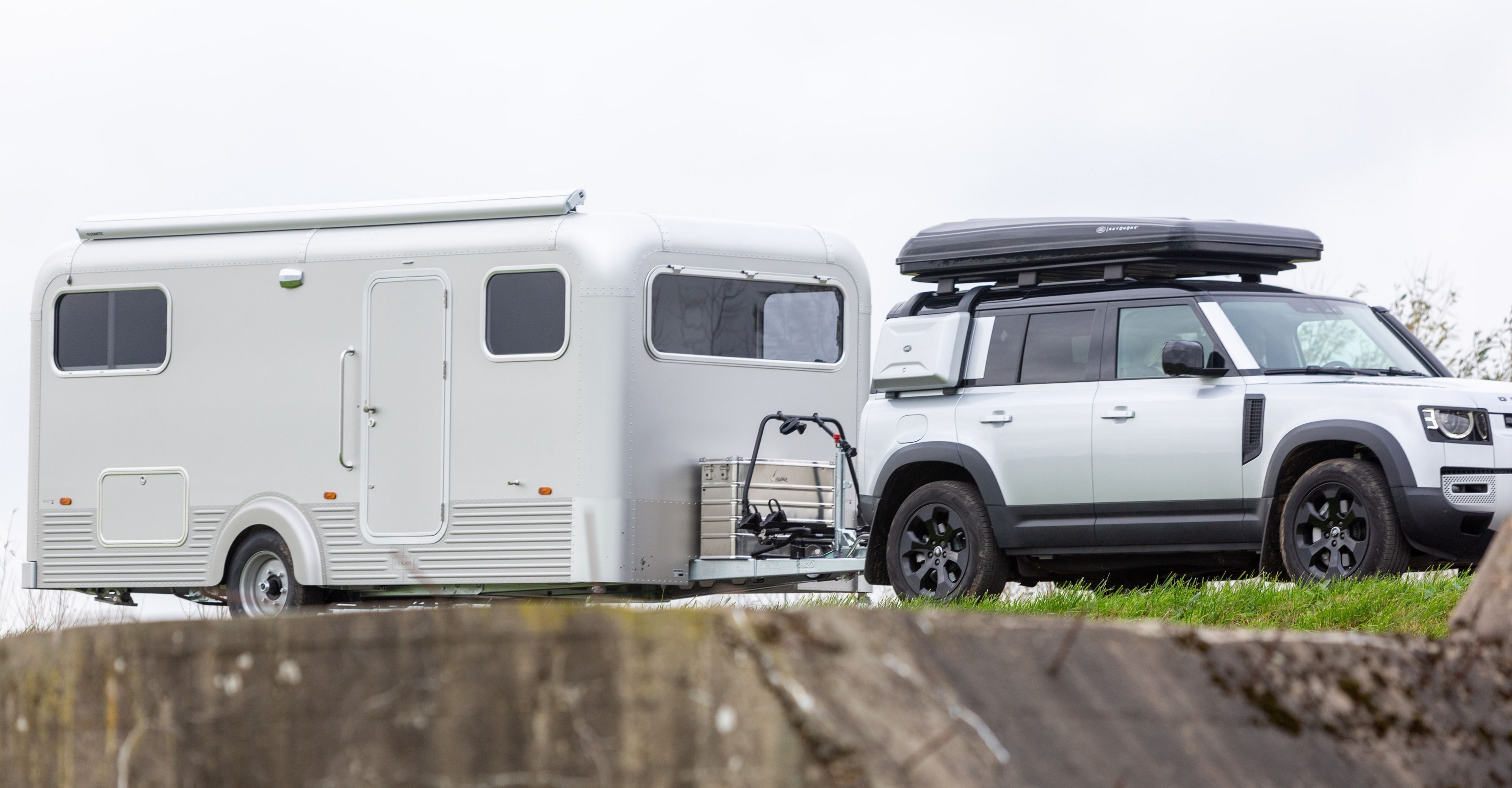
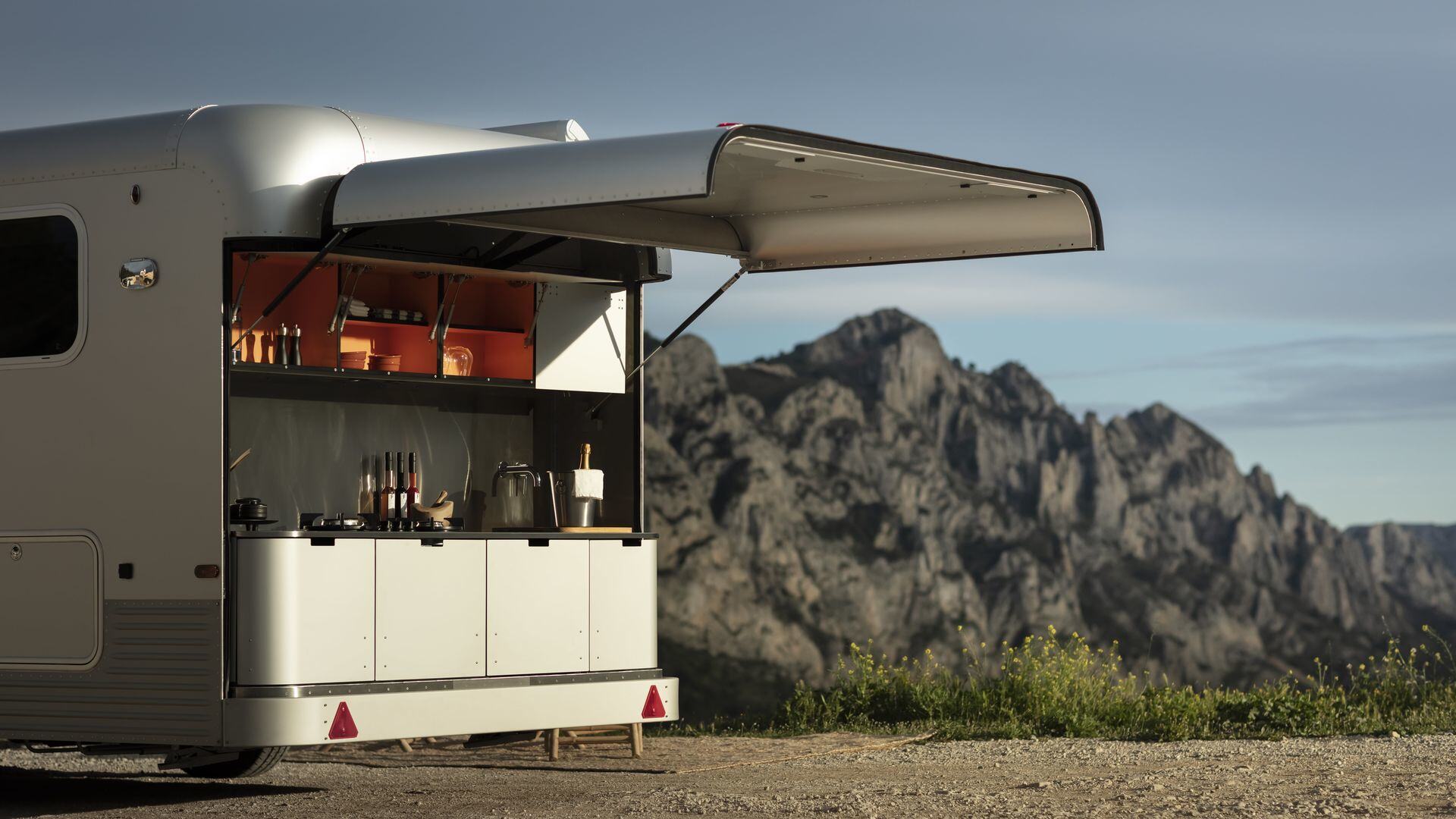
.jpg)
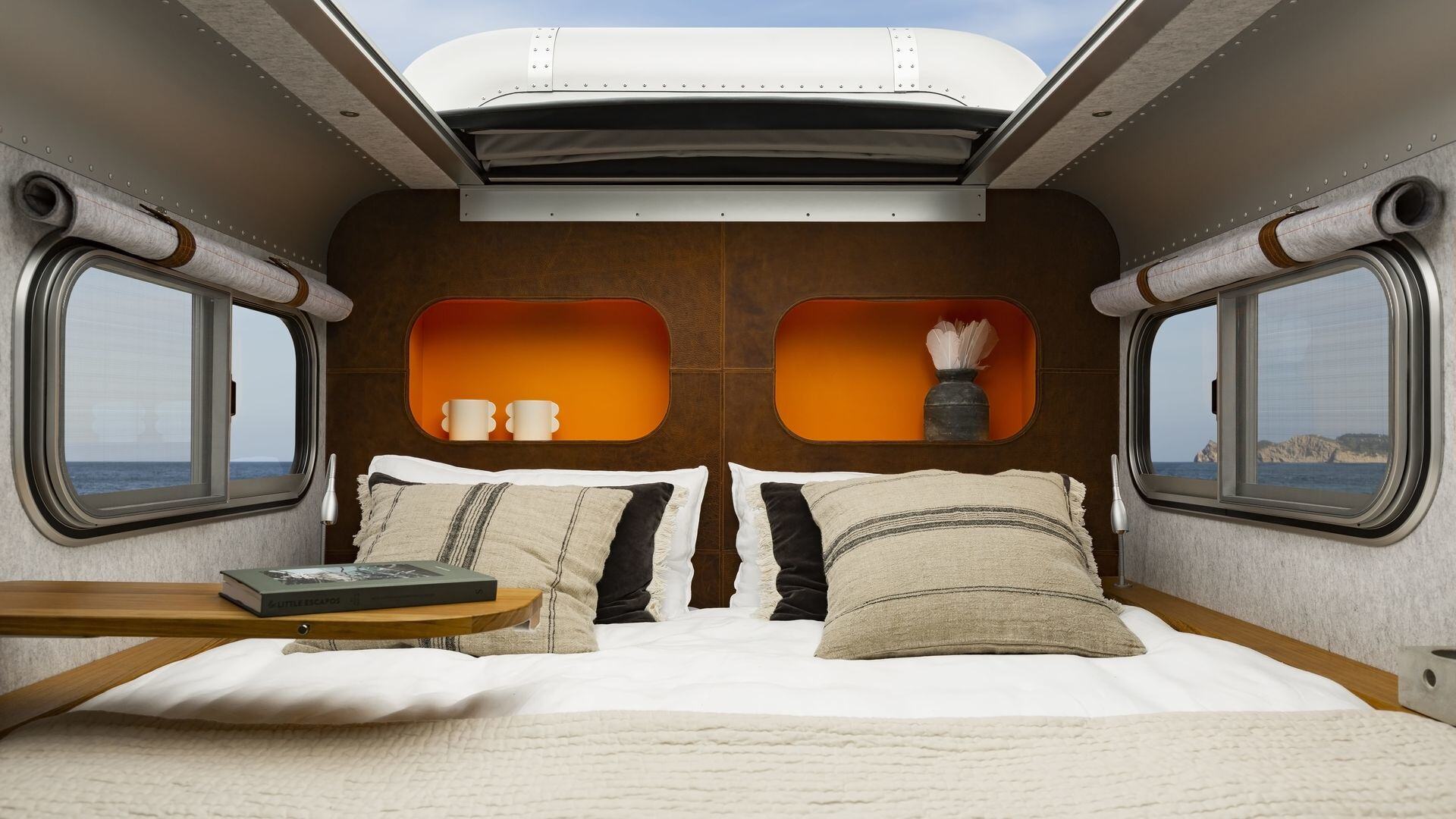
.png)
